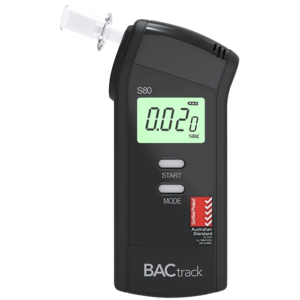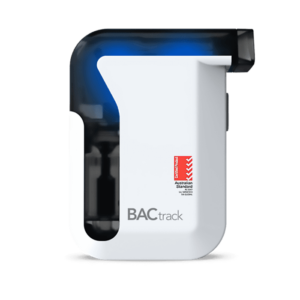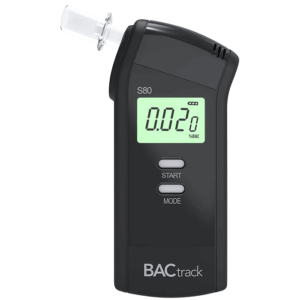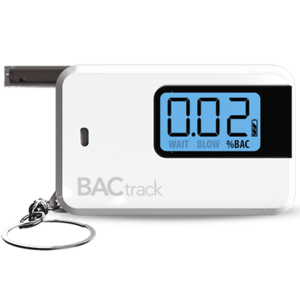Alcohol Pee Test: What It Is, How It Works, & The Factors Affecting The Results
29 February, 2024

Excessive alcohol consumption can lead to health conditions, like an alcohol use disorder. Also, other problems can arise because of alcohol abuse. Thus, medical providers, law enforcement officials, and employers utilise testing to detect exposure to alcohol. Specifically, they prefer an alcohol pee test. It is a tool that identifies and measures alcohol in urine samples. The test searches for metabolites the body produces when it breaks down alcohol. However, the amount and time of intake can affect the results.
Alcohol testing is done in various settings like workplaces and legal cases. Breath alcohol tests use a breathalyser to determine the Blood Alcohol Concentration (BAC) level immediately. Meanwhile, hair tests can detect alcohol use over a long period. Nevertheless, many individuals and organisations still choose an alcohol urine test over these methods due to its benefits. To learn more about this type of testing, the following sections will present its definition, functionality, and the elements affecting the outcomes.
What is an Alcohol Pee Test?
An alcohol pee test is also known as an ethanol urine test. It is a screening tool performed on urine samples to check for the presence of the substance. Typically, it detects recent alcohol consumption. Moreover, it ensures individuals comply with rules or regulations regarding alcohol use. Professionals often administer it for pre-employment screenings, probation monitoring, or treatment evaluation.
The urine alcohol test measures the concentration of ethanol, the primary component of alcoholic beverages, in urine specimens. People and organisations can avail of services from laboratories or medical facilities to conduct testing. Additionally, they can purchase at-home kits to test themselves or others. However, it is essential to note that the accuracy and reliability of these kits may vary.
While urine testing is a beneficial tool for assessing alcohol intake several hours after consumption, it may not be as effective in detecting immediate impairment. Nevertheless, it remains a valuable tool for monitoring and enforcing alcohol abstinence in various settings. Also, it still offers different advantages over other testing methods.
Advantages Over the Other Types of Testing
- Urine alcohol tests are relatively non-invasive, especially when compared to blood tests. These do not involve needle pricks or insertions.
- Pee tests can detect alcohol consumption over a lengthier period, usually up to 80 hours, than breath tests with a shorter detection period of 24 hours.
- An alcohol screen urine test is generally more reliable than other testing methods, as they are not affected by factors such as mouthwash or breath fresheners.
- People can more easily administer alcohol urine testing than blood or hair testing because it simply involves collecting a urine sample in a cup and submitting it for analysis.
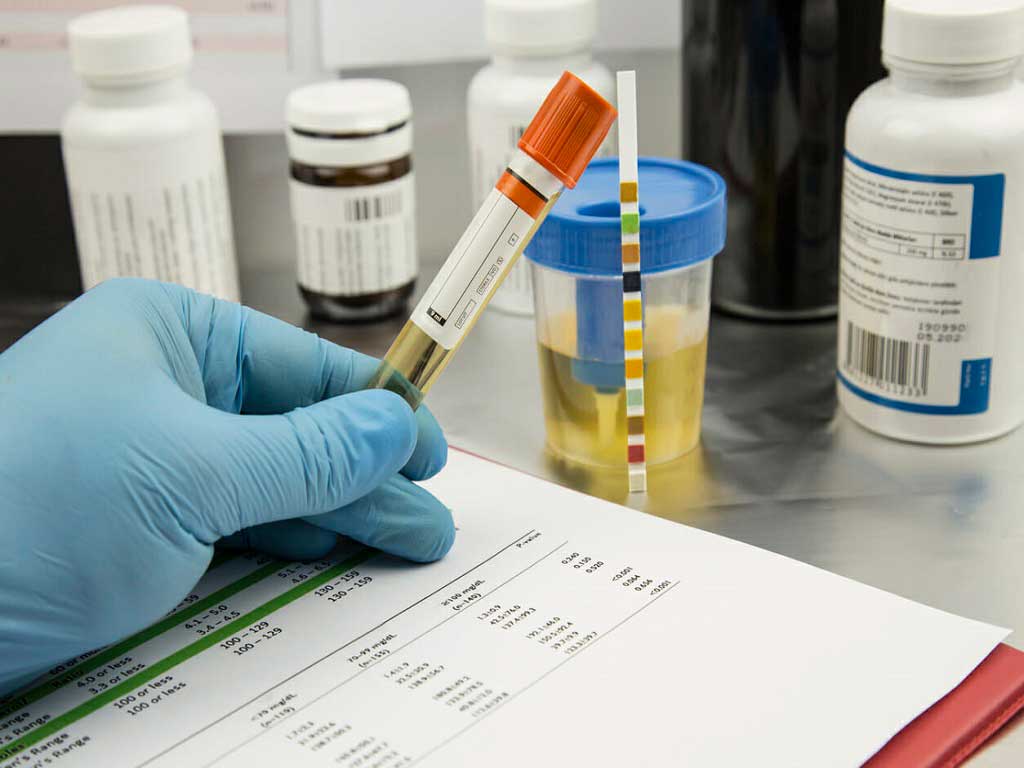
How an Alcohol Pee Test Works
The alcohol pee test detects metabolites Ethyl Glucuronide (EtG) and Ethyl Sulphate (EtS) in urine samples. These are byproducts of alcohol metabolism in the body. When a person consumes alcohol, their liver breaks it down into these metabolites before they are excreted through urine eventually. Typically, alcohol will be present in urine within an hour of drinking. Then, it remains detectable for up to 80 hours after ingestion.
The actual process of conducting an alcohol screen urine test involves collecting biological specimens in a sterile container. Donors must collect the midstream of their urine because it contains the highest concentration of metabolites. Afterwards, they will send the sample to a lab for analysis. Technicians utilise a method known as immunoassay.
If the test produces a non-negative result, they will conduct a confirmation test to ensure accuracy using Gas Chromatography-Mass Spectrometry (GC-MS) or Liquid Chromatography-Tandem Mass Spectrometry (LC-MS/MS). This thorough testing process ensures accurate results and helps to minimise the risk of false positives.
EtG and EtS Markers
The EtG and EtS markers are two common indicators to detect alcohol consumption in urine tests. EtG is a metabolite the body produces after a person drinks alcohol. This marker can be identified in urine for up to 80 hours after the last intake. Hence, this makes it a highly sensitive indicator of recent alcohol consumption.
Meanwhile, EtS is another detectable metabolite in urine after drinking alcoholic beverages. Technicians can identify EtS for up to three to four days after consumption. Thus, EtS tests provide a slightly longer detection window than EtG tests. When providers utilise both markers, they offer more comprehensive assessments.
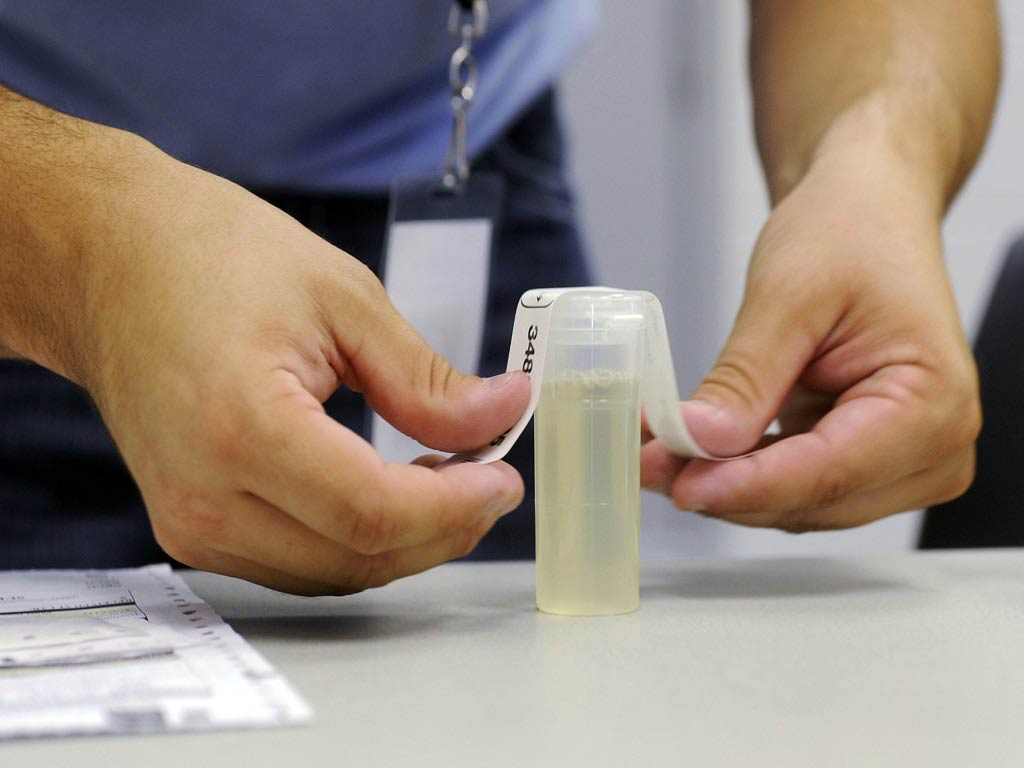
Factors Affecting the Results of an Alcohol Pee Test
Several factors can affect the results of an alcohol pee test. One of these is the amount of alcoholic beverages an individual consumes. Binge drinking can lead to higher alcohol levels in the urine, resulting in a positive outcome. Additionally, the type of alcohol can impact the results. For instance, beer and wine may take longer to metabolise for a longer period than spirits.
Also, body weight can influence how quickly the body metabolises and excretes alcohol in urine. Generally, individuals with a higher body weight may be able to process alcohol more efficiently than those with a lower body weight. Hence, lower alcohol levels. Moreover, the time frame can affect the results, as alcohol is detectable in the urine for several hours after drinking.
Another essential factor affecting test outcomes is hydration level. Dehydration can lead to higher concentrations, as the body will have less fluid to dilute the alcohol. In contast, being well-hydrated can result in lower concentrations in the urine. It is crucial to consider these when interpreting the results of urine alcohol testing, as these can significantly affect the accuracy of the outcome.
Environmental Factors
Some environmental factors can influence the accuracy of a urine test. For instance, cleaning products like bleach or ammonia can interfere with the results. Moreover, body sprays can also impact the outcome because these products contain detectable chemicals in the urine, potentially leading to false positives or negatives.
In addition, environmental factors such as temperature and humidity can also impact the results of a urine test. For example, leaving samples in extreme heat or cold for extended periods can alter the composition of the urine. Thus, people should store their urine samples in a cool, dry place after sealing the collection cup.
Conclusion
The alcohol pee test is a screening method that detects the presence of alcohol in the system of people through their urine. It measures the levels of EtG and EtS to determine recent alcohol consumption. Moreover, this test has several advantages over other methods. For instance, it is more convenient than hair testing. Additionally, it is not as intrusive as blood tests. Hence, urine testing is valuable in probation offices, alcohol treatment programs, or workplace testing.
However, it is essential to note that several factors can impact the test outcomes. Some of these are the amount and type of alcohol a person drinks. Also, body weight, time frame, and hydration levels influence the results. Furthermore, environmental factors can affect testing. Therefore, interpreting the outcomes with caution and considering these is crucial. In summary, the alcohol urine test is beneficial for detecting recent alcohol intake in individuals.



















